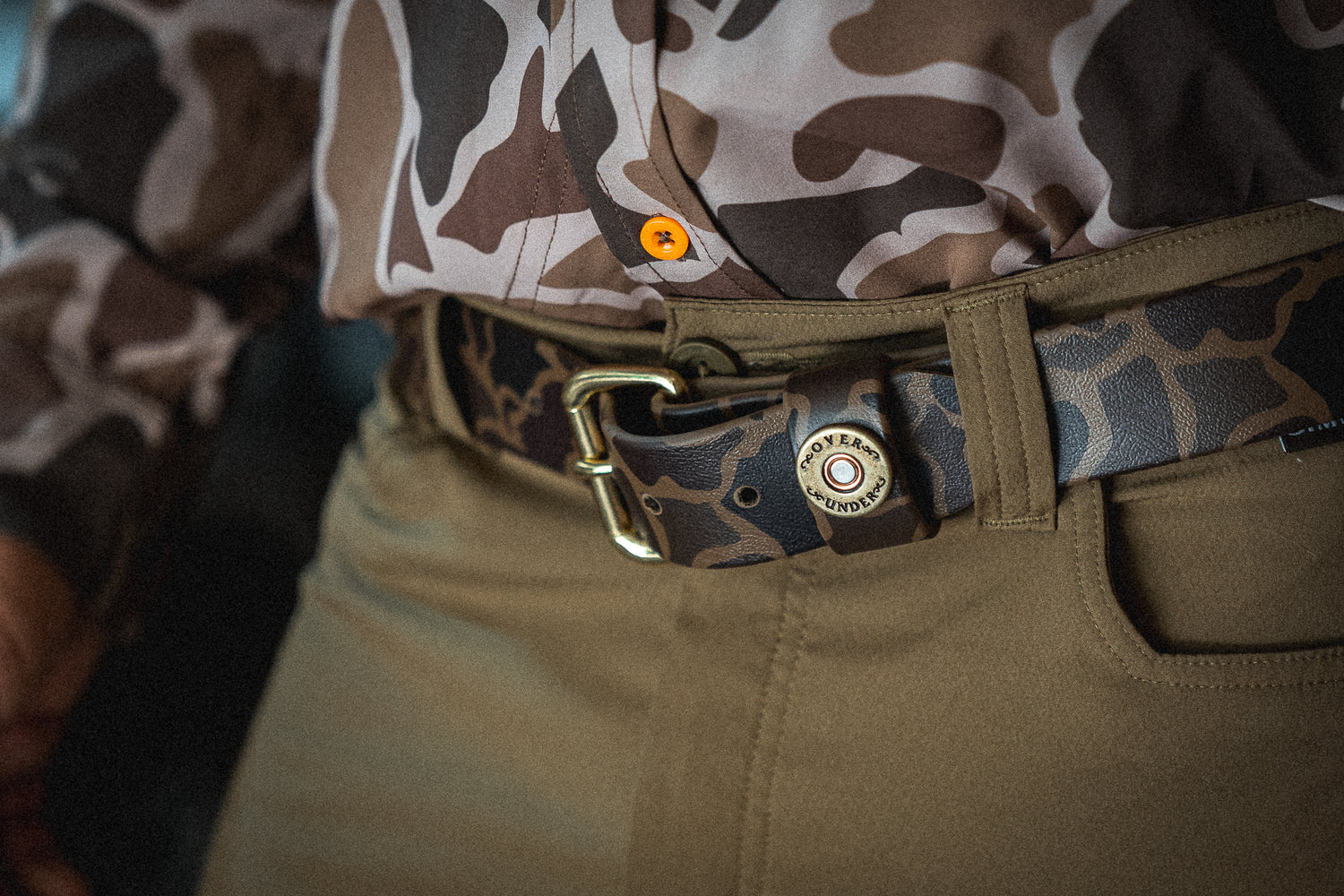What are swim trunks made from? How well does the material perform under stress or in highly active conditions? Take a look at what you need to know before you buy your next pair of trunks.
Swim Trunks Are Made From a Blend
While different brands of trunks are made from different materials, most have a multi-blend construction. This means the trunks aren't made from 100 percent of the same type of fabric. Common swim trunk material blends include polyester and spandex. Some trunks are made from cotton or nylon blends.
To choose the right blend for you, consider:
- The fit. Spandex blend swim trunks have a stretch to them. This allows the trunk to fit your body—minus the pinch or bind of tight fabrics.
- The wear. How well will the blend wear? Spandex and polyester blends stand up to repeated wear well.
- The wash. Even though a comfortable fit is an essential part of the selection process, you don't want trunks that fray or shrink after one wash. Look for blends that include spandex to increase the likelihood of wash-to-wear ability.
Don't count out a material or blend because of past experiences or what you may have heard about the makeup. Polyester fabrics may make you think of 1970s leisure suits. When used in a blend, this material adds durability, strength, and shape to your swim trunks.
Swim Trunks Are Made to Move
Unlike your dress pants or blazer, swim trunks are made to move. Whether you're on a beach vacation, a camping getaway, a fishing trip, or on another water-filled adventure, you need trunks that won't bind, ride up, or stop you from moving.
The material your swim trunks are made from:
- Shouldn't droop. You don't need tight trunks. But that doesn't mean your swimsuit should gap or look droopy. Choose a material makeup that doesn't pull your suit down as you move.
- Should keep you safe. Droopy or billowy material doesn't only pose an aesthetic issue. Too much material or material that doesn't snap back into shape can get caught or stuck on rocks, in crevices, or in any other outdoor space.
- Shouldn't restrict movement. Even though you don't want droopy trunks, you also don't want a swimsuit that restricts your movement. Lack of stretch can stop you from enjoying your summer-time activities.
Move around when you try on potential trunks. If possible, mimic movements you'd make in the water or while enjoying an adventurous outdoor activity. This will give you a better idea of how the material stands up to everything your vacation, beach day, or other getaway has to offer.
Swim Trunks Are Made to Repel Water
Where will you wear your trunks? Chances are the answer that includes in or near water. Whether you wear the trunks in a lake, ocean, creek, river, or pool, your trunks shouldn't hold in water like a sponge. Look for trunks that:
- Include a water repellent finish. This option increases the likelihood the trunks won't stay wet all day after you exit the water. While this type of finish still allows the trunks to get wet, the water should bead or roll off the fabric easily.
- Are made from light-weight material. Heavy fabrics will weigh you down when they become wet. Not only is a light-weight material less likely to feel water-logged, but this type of fabric may also dry quickly.
- Dry easily. Along with the weight of the fabric, the material makeup may also decrease dry times. Polyester blends tend to dry quickly, making this option the perfect choice for activities that include both land and water elements.
Always read the care label to properly wash your swim trunks. Failure to correctly care for the material may reduce its ability to effectively repel water.
Do you need a new pair of swim trunks? Contact Over Under Clothing for more information.


